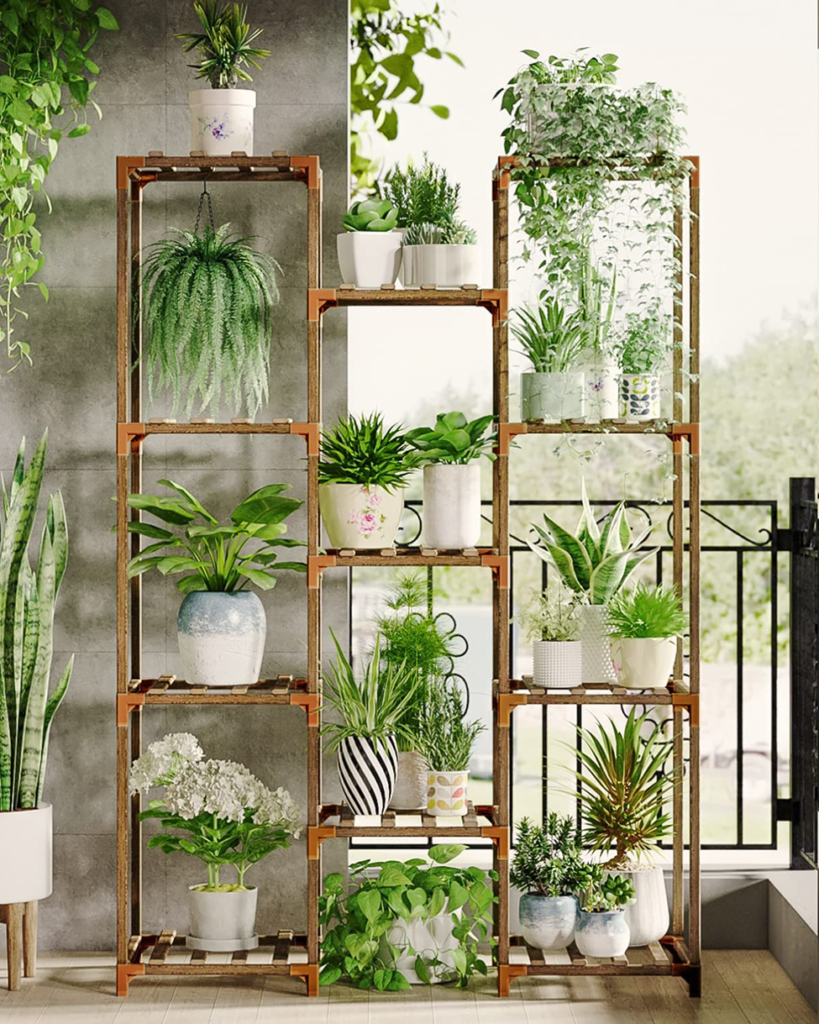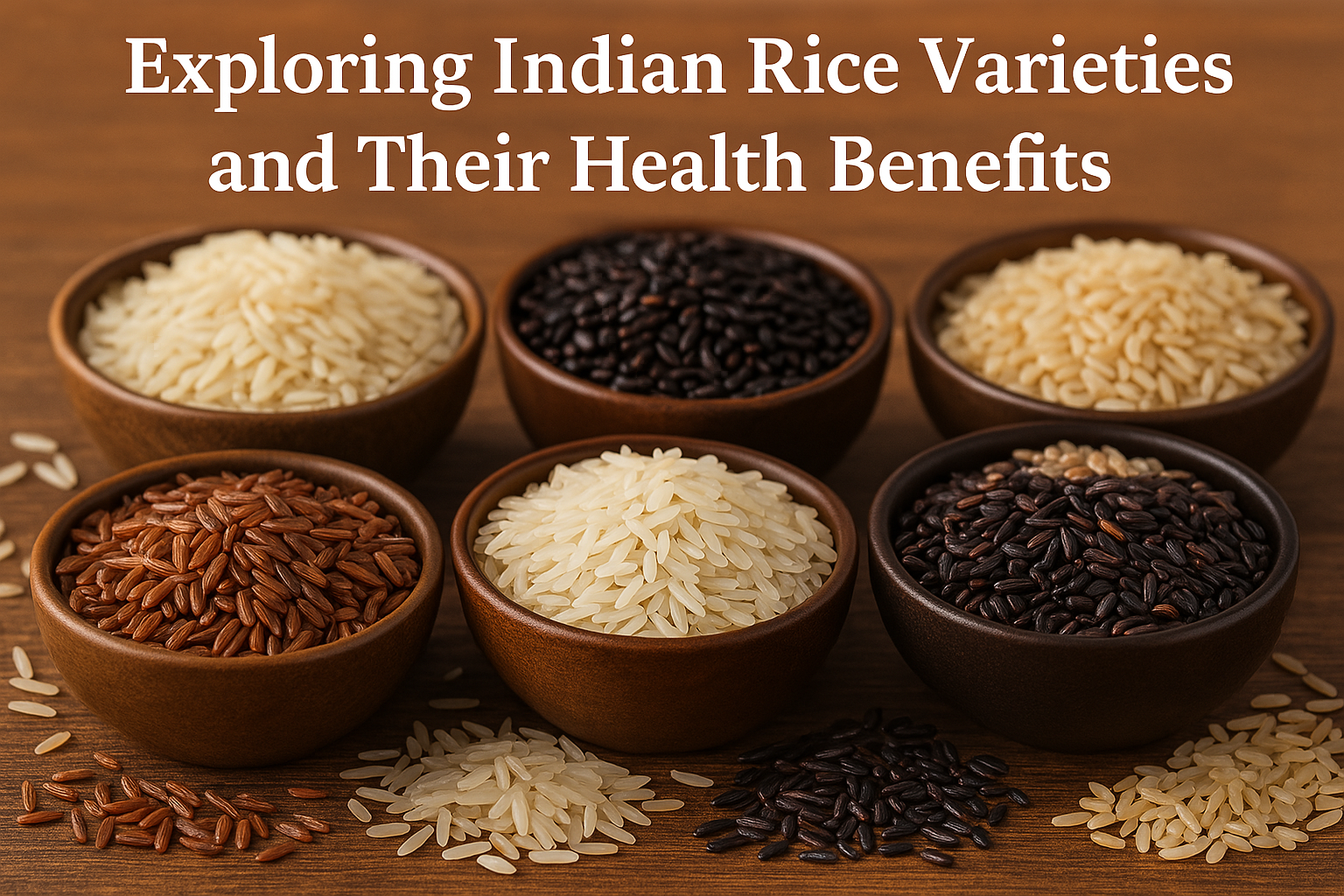Everyone loves nature. People enjoy nature when taking a walk in the park, garden etc. and breathe the fresh air produced by these plants. However, our routine work disconnects our bond with nature, which is why many people are now engaging in interior gardening where one can grow and nurture green plants at home. Nevertheless, taking care of plants is not an easy task. If you are a beginner and are new to horticulture, then here are some easy methods and tips to take care of your indoor plants.

How to take care of indoor plants: Step by step
Select the right plant:
Not all plants can grow in the same soil under the same weather conditions. Every plant requires different soil conditions and different climatic conditions, to help it grow. For instance, an apple tree cannot be grown in soil with heavy clay or compact sub soil. Kerry Meyers, who had done her masters in horticulture from the University of Minnesota uses a small tip “ right plant, right place.”

Feel the Soil to find out the right amount of water to be poured:
If you are unsure about how much quantity of water is required for your potted plants, here is the golden rule. The rule is, one needs to check the soil whether it is dry or not. After checking the soil, if you feel it is dry, the plant needs water. Another tip is, if the leaves of the plant are discoloured or shrivelled then it needs extra water than the amount you pour into it. One has to be careful while watering plants as obstruction of plant growth occurs if the soil is either too dry or overwatered.

Indoor plants needs Stability:
It may sound strange to you but it is true that indoor plants need stability. Plants grow better once they get adjusted to the surroundings hence finding the right spot with the right amount of temperature and sunlight are important. Frequent shifting of the plant from one place to another disturbs the plant growth. It is important to remember that a majority of interior plants prefer temperatures between 65 degrees Fahrenheit to 75 degrees Fahrenheit.

Prune the dead Stuff:
Prune your plants at regular intervals in order to remove dead parts or old growth to help its regrowth. Another reason for pruning is it benefits the plant and keeps it healthy. Use pruning tools like gardening scissors, shears or you could use your hands as well. Shaving off dead branches or stems tends to avoid the attraction of insects, especially bugs.

Watch out for Yellow, Droopy or Wilted leaves:
Before using fertiliser to the plants, consult your local horticulturalists who will guide you on which type of fertiliser to use, how much fertiliser and when etc. Plants need specific fertilisers in order to grow healthy. For instance, if you are growing flowering plants, your plant requires more Potassium content whereas a foliage plant requires high nitrogen content in potting soil. Using the right type of fertiliser with the right amount aids the yellow, droopy or wilted leaves.

Always use Pots with Drainage Holes:
When you are buying pots for interior plants, make sure to buy pots with drainage holes. The main advantage of buying pots with drainage holes is it allows the roots to receive air. It safeguards the plants from the risk of rotten roots and dry leaves due to stagnation of water or overwatering.

Most Interior plants grow well in areas having higher humidity:
Have you ever heard of the fact that most interior plants grow well in areas having higher humidity? It is said that dry air can harm some plants, especially tropical plants. In order to prevent dry air in the room, you need to get a humidifier to keep the air moist in the room that is home to your adored plants. You can also use a spray bottle, when watering your plants in order to provide extra moisture.

Avoid the use tea or coffee as a fertiliser for your plants:
Do not use leftover remains of tea or coffee as a fertiliser to your plants, as it attracts insects which will damage the growth of your plants.

Regularly Dust Your Plants:
Dust your plants regularly as plants collect too much dust on their leaves. Due to accumulation of dust on the leaves, plants do not receive sunlight which they need to survive. Always remember to wipe away the dust on both sides with a wet cloth.

Conclusion:
House plants are considered as natural ornaments which beautify our interiors. Not only do they act as beauty ornaments for home, they also purify the air and boost our mood. Finally, taking care of plants is not an easy task but one can handle them elegantly by following the tips or hacks as suggested in this article. [1] Go, Enjoy and Love the Greenies!!

































